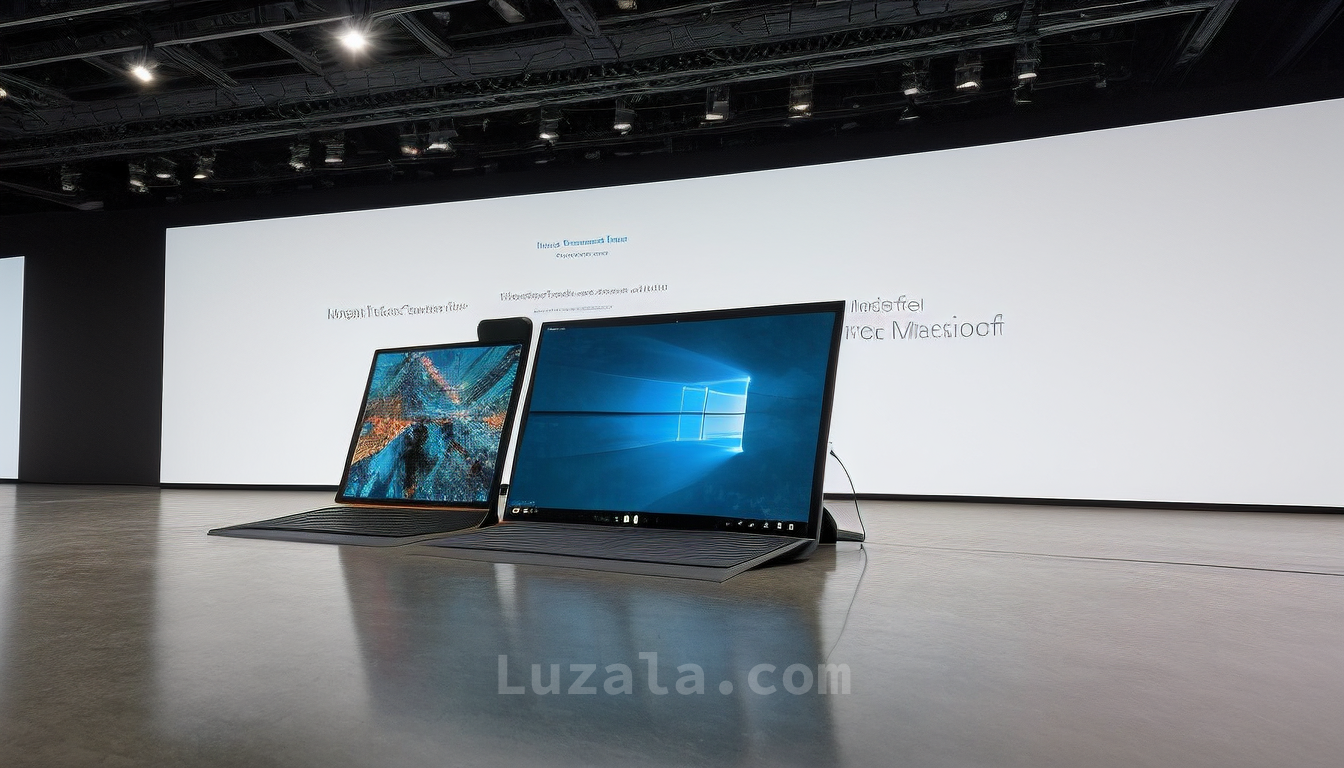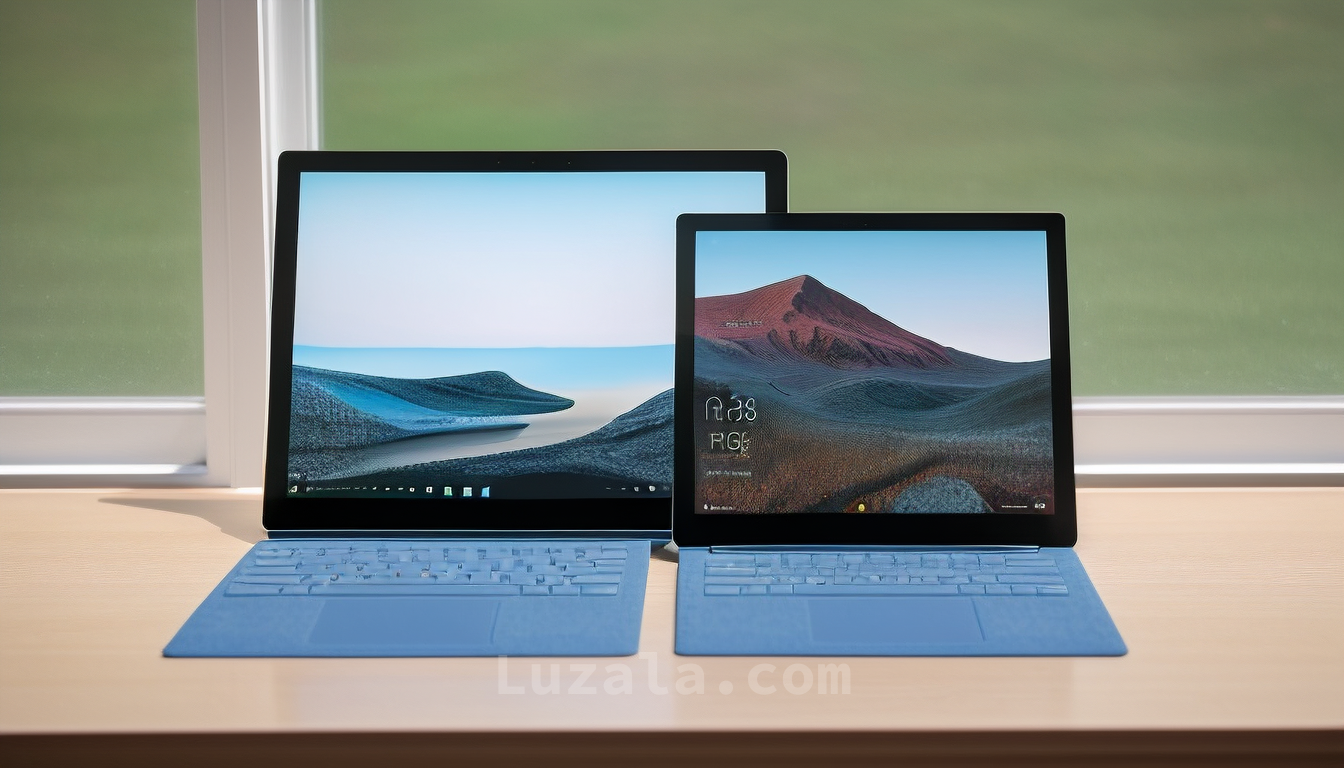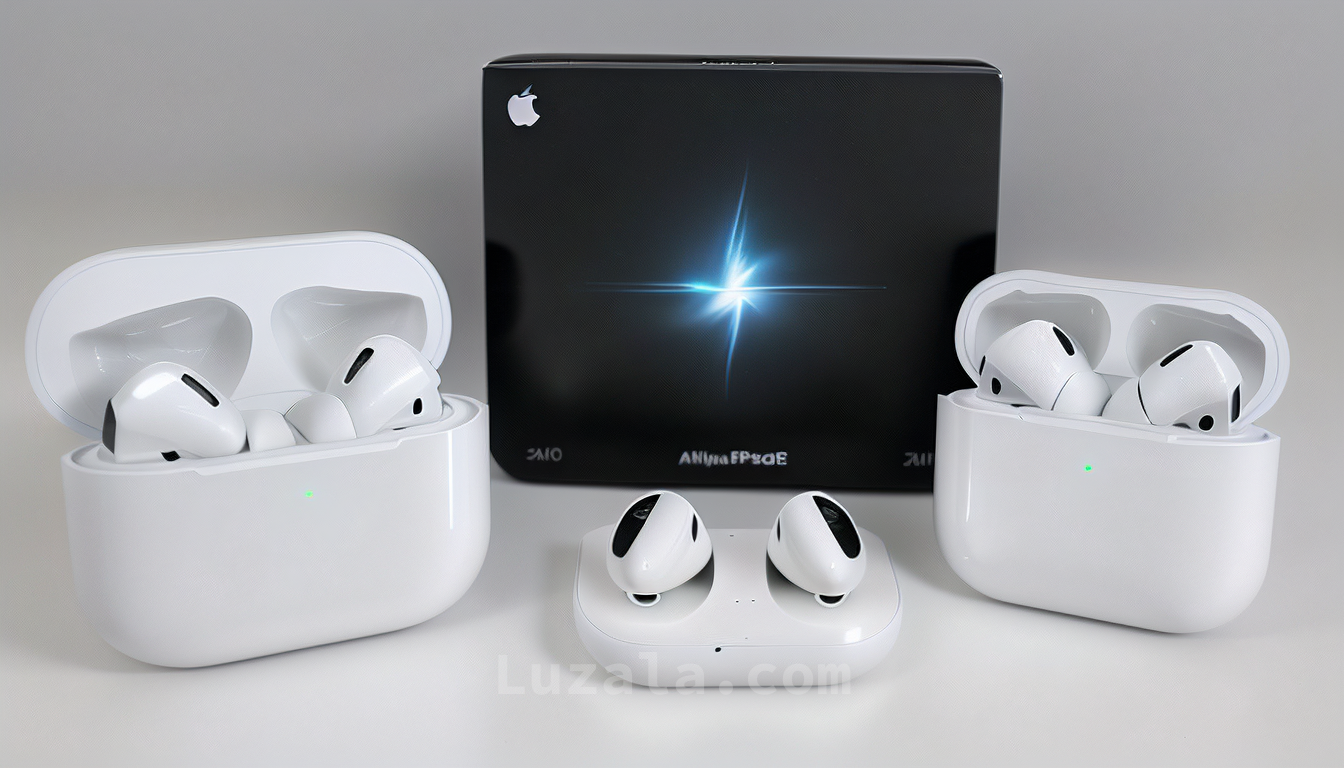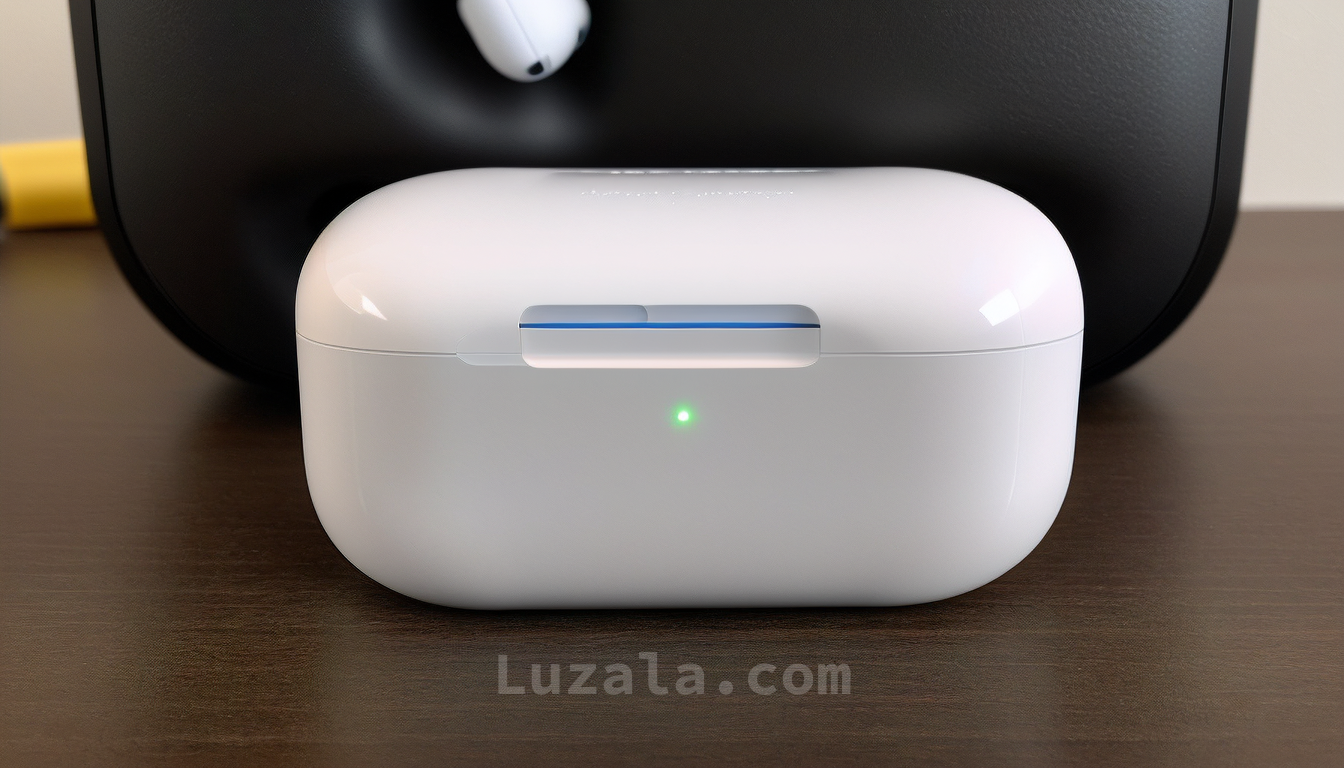Apple's AirPods Pro (2nd Gen) USB-C vs. Lightning: A Detailed Comparison
Apples latest AirPods Pro (2nd Gen) with USB-C offer minor upgrades, including a new charging port and enhanced IP rating. Notable feature: support for lossless audio with Apple Vision Pro.
Apple's Latest Iteration of AirPods Pro: A Detailed Comparison of the USB-C Model and the Lightning Version
Apple has recently unveiled an update to its popular AirPods Pro (2nd Generation) wireless earbuds. However, this update is anything but groundbreaking, as the changes are so subtle that Apple didn't even bother giving the new model a distinct name. This has left consumers grappling with awkward terms like 'the new USB-C Apple AirPods Pro (2nd Generation)' and 'the old Lightning Apple AirPods Pro (2nd Generation).' While the most prominent alteration is the shift in the charging case's port, there are other noteworthy distinctions between these two versions. In this comprehensive comparison, we'll delve into the specifics of the new AirPods Pro 2nd Generation USB-C versus the old 2nd Generation AirPods Pro from 2022.
Price and Availability
The AirPods Pro (2nd Generation) with the Lightning port were initially launched in September 2022, with a retail price of $249/£249. However, with the release of the updated model, it's no longer possible to purchase the Lightning AirPods Pro (2nd Generation) from the official Apple website. Nevertheless, they are still available through other retailers, and their prices have decreased due to the introduction of the new model. Presently, you can find the original AirPods Pro (2nd Generation) for $199 on Amazon.
The new USB-C AirPods Pro are priced at $249/£229 on Apple's website, and they are available for order, with delivery scheduled to commence on September 22.
Shared Features
Before we delve into the key differences between the two models, it's worth noting that most specifications remain consistent between them. Here are some of the core shared features:
1. Design: The design remains unchanged, ensuring that if you found the AirPods Pro (2nd Generation) with Lightning comfortable in your ears, you'll experience the same comfort with the USB-C model. Both models feature short stems, similar in length to the AirPods (3rd Generation) but notably shorter than their predecessors. They include a vent for pressure equalization and a touch sensor on the stem. Additionally, both versions come with silicone ear tips at the head's end, offering four size options for a tailored fit.
2. Controls: Both models utilize the same touch sensor on the stem, enabling you to manage your music or calls without needing to interact directly with your iPhone, iPad, or Mac. With the introduction of iOS 17, both AirPods Pro models gain new controls. A simple stem press allows you to mute and unmute calls, while hanging up a call now requires a double press. Moreover, you can adjust the volume by sliding your finger up and down the sensor or hold the sensor to toggle between Active Noise Cancellation, Transparency mode, or Adaptive Audio mode.
3. Sound Quality: Sound quality remains consistent across both models of AirPods Pro (2nd Generation). They feature a custom driver and amplifier, reducing distortion compared to the original AirPods Pro, resulting in clearer highs and deeper bass at any volume level. Active Noise Cancellation is highly effective, reducing both intrusive sounds like crying babies and power tools, as well as background noise like general conversation. Interestingly, your Apple Watch can display the level of sound reduction achieved by your AirPods Pro (2nd Generation).
Listening to music, you'll experience an expanded soundstage compared to the original AirPods Pro, with richer bass and enhanced clarity. Personalized Spatial Audio tailored to your ears and head tracking that adjusts the sound mix as you move your head are additional features. Both models utilize the same H2 chip, which enhances noise cancellation and overall sound quality, surpassing the performance of the original AirPods Pro equipped with the H1 chip. Apple claims that the H2 chip enables twice the level of noise cancellation as the original AirPods Pro.
4. Battery Life: The battery life is also consistent between both models of AirPods Pro (2nd Generation). They offer up to 6 hours of listening time, which decreases slightly to 5.5 hours when using Spatial Audio with head tracking. For calls with active noise cancellation enabled, you can enjoy up to 4.5 hours of talk time. The charging case extends listening time to up to 30 hours or talk time to 24 hours. Just five minutes in the charging case provides approximately an hour of additional listening or talk time.
Key Differences
While the majority of specifications remain the same, there are several noteworthy differences in the USB-C version of the AirPods Pro (2nd Generation):
1. Charging Port: The most conspicuous difference lies in the charging case. The new AirPods Pro (2nd Generation) with USB-C feature a USB-C port, replacing the Lightning port on the original version. Visually, the ports are quite similar in size, but the new case introduces a convenient feature absent from the Lightning version: you can charge your AirPods directly from a USB-C iPhone, such as the iPhone 15 or iPhone 15 Pro, using a USB-C to USB-C cable. Both models support wireless charging and are compatible with MagSafe.
2. IP Rating: Another minor distinction is the IP rating, which measures ingress protection. The original version boasts an IPX4 rating, indicating resistance to sweat and occasional splashes. On the other hand, the USB-C version is rated at IP54, providing the same moisture protection while additionally safeguarding against limited dust ingress.
3. U1 Chip Generation: The new AirPods Pro (2nd Generation) with USB-C incorporate a second-generation U1 chip, whereas the Lightning model uses the first generation of the U1 chip. The second-generation U1 chip enables Find My with Precision Finding, offering precise location tracking for your charging case. This feature requires an iPhone 11 or newer with an ultra-wideband chip.
4. Lossless Audio Support: Perhaps the most significant difference lies in the realm of audio quality. When Apple Vision Pro is released, owners of the AirPods Pro (2nd Generation) with USB-C will have the ability to enjoy 20-bit, 48kHz lossless audio wirelessly. This marks the first time any AirPods will support lossless audio playback. Unfortunately, if you own the AirPods Pro (2nd Generation) with Lightning, you won't have access to this feature with the Vision Pro. This could be a source of frustration for those planning to invest in the Vision Pro headset, as it necessitates upgrading an otherwise identical pair of 2nd Generation AirPods Pro.
Conclusion
For potential buyers who don't currently own the older version of the AirPods Pro (2nd Generation), there are important factors to consider. The ability to charge your AirPods Pro directly from your iPhone, especially if you plan to acquire a Vision Pro, makes the USB-C model an attractive choice. Additionally, the exclusive support for lossless audio with the Vision Pro headset is a compelling incentive to opt for the AirPods Pro 2nd Generation with USB-C.
However, if these features don't particularly interest you, you may find the older Lightning-based AirPods Pro (2nd Generation) available at a significant discount. Existing owners of the Lightning-charging case version have little reason to upgrade, unless they intend to invest in the Vision Pro upon its release
Download your fonts:
Merissa Monogram Font - Free Download
Romantic Loves Monogram Font - Free Download
Thursday Routine Font - Free Download
Samelewing Font - Free Download
Shine Kejora Font - Free Download
Valentine Time Font - Free Download















Comments